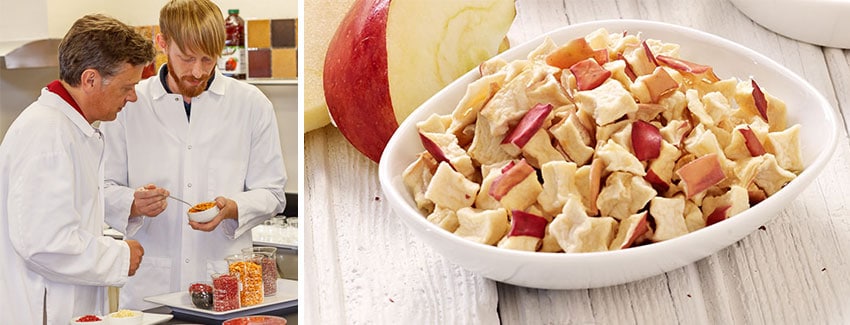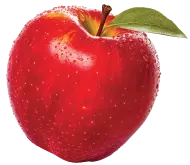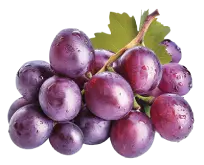
In Washington State the top five apples grown have traditionally been Red Delicious, Gala, Granny Smith, Golden Delicious and Fuji. About twenty years ago, Growers realized consumers would gladly pay more for a better tasting apple. Agronomists and Orchardists started secretly working on the next big apple variety to take over the fresh market and command a higher price from savvy consumers. With Tree Top being one of Washington’s largest users of processor grade apples, we have formulated products and designed our processing plants around these top 5 apple varieties. In the past 5 years, there have been a flood of new varieties including Pinata, Envy, Pink Lady, Sweet Tango, Opal, Junami, Smitten, Kanzi, and Pazaaz. The most extreme example I recall was when a supervisor called to tell me the Granny Smith apples we received were pink inside.
Our role in R&D has been to test these new apples for use into our customer’s products. The challenge is to diversify our supply of processor apples without changing the quality of products we have made for over twenty years. Frequently we found these new varieties were available in such limited supply we could easily process and blend into juice.
Honeycrisp apples are a different story. Growers rushed to plant Honeycrisp trees to meet consumer demand. In 2010, Honeycrisp was 2.6% of Washington’s total apple crop. Today Honeycrisp is 10% of the total fresh harvest and 14% of all the processor apples Tree Top receives. Without question, it’s a great eating apple and consumers want it. However, it is a very difficult apple to process primarily due to its unique cell structure which is both juicy and crunchy. Cooking Honeycrisp into applesauce and you can end up with apple soup due to the high content of free run juice. When cut to make apple rings for drying, it fractures and develops a fishbone like appearance. Processed into juice and it can throw a post bottling haze due to its high protein content. After a lot of research and plant trials, we’ve learned to accept its faults as a processor apple and found the best home for it is cut and dried into apple wedges or smaller sized dices. It dries to a brighter color than most apples and its higher sugar and acid levels works well as a stand-alone fruit snack or to add flavor to trail mixes and snack bars.
As we continue to test new varieties for our growers and customers, one emerging apple that will challenge all comers is Cosmic Crisp. A cross between Enterprise and Honeycrisp, this new apple reportedly has over 6 million trees planted. We have been testing Cosmic Crisp in our lab and found it will bring similar processing challenges that came with Honeycrisp. We anticipate seeing commercial volumes by 2020.
All this energy invested into developing new apple varieties is exciting to be part of. It’s redefined my idea of what a farmer is. Apple growers are resourceful, risk takers, and creative entrepreneurs. Keeping up with them requires the same sense of spirit and adventure.
If you’d like more information about how the Tree Top R&D team can help you with development and research, contact our fruit ingredient experts at (800) 367-6571 ext. 1435.




